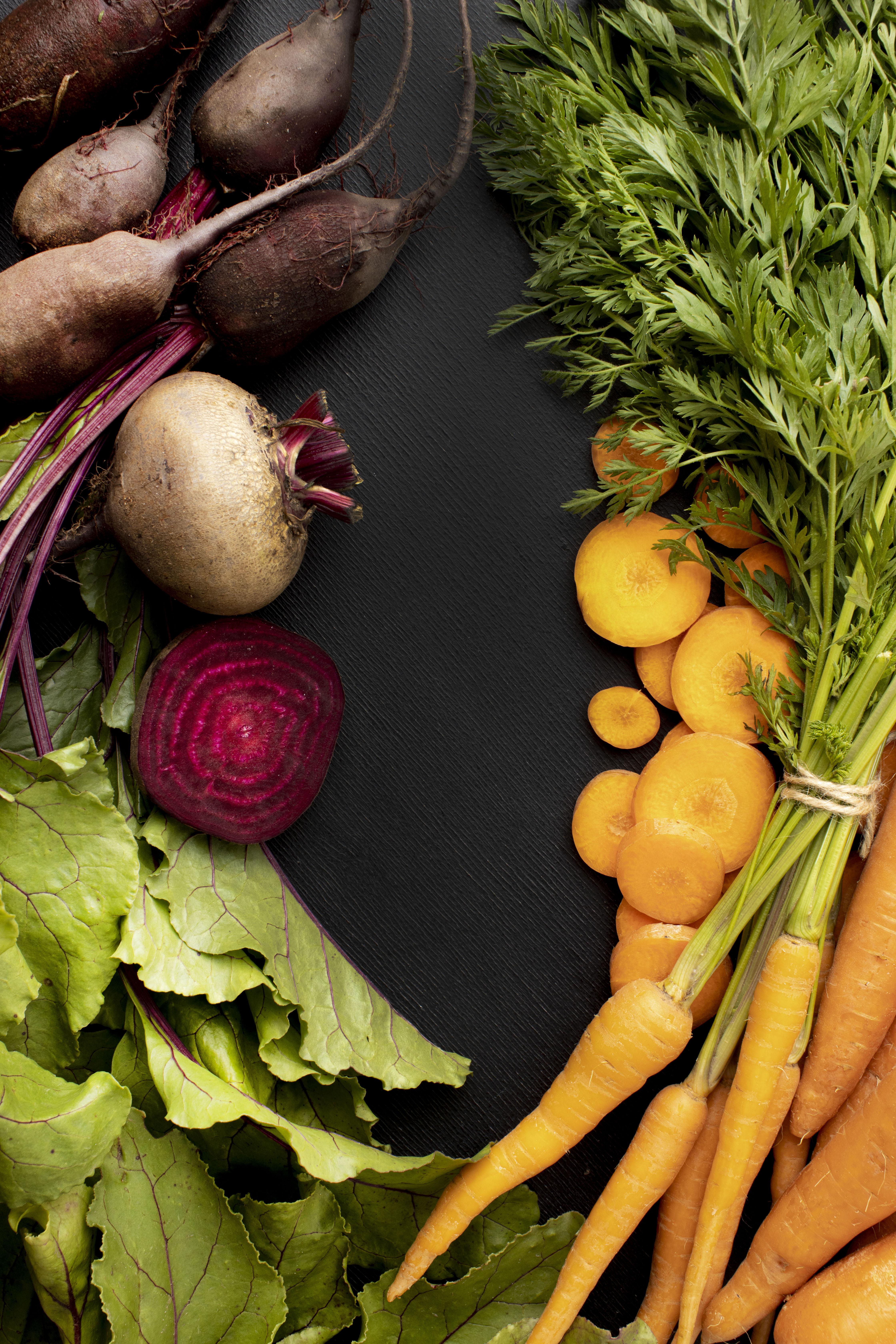Elevate Your Kitchen: Simple Steps to a Tasty and Healthy Ayurvedic Home
The kitchen in Nepali homes is a sacred space for love and nourishment, and homemakers play a crucial role in their families' well-being. The author transitioned from a clinical psychologist and food technologist to an Ayurvedic practitioner, highlighting

My journey from clinical psychology to food technology and Ayurvedic practice is a testament to the transformative power of holistic health. As a homemaker, your kitchen is a haven where health and happiness are crafted with every stir and sprinkle. By embracing Ayurveda, psychology, and culinary art, you not only elevate your culinary skills but also become the guardian of your family's holistic well-being. Let the spirit of Ayurveda guide your pots and pans, creating a symphony of flavors that nourish not just the body but the soul of your home. Here's to health.
Understanding Ayurveda:
Ayurveda, translated as the "science of life," is not just a system of medicine but a way of living in tune with nature. Recognizing three doshas – Vata, Pitta, and Kapha – Ayurveda provides a profound understanding of the interconnectedness of mind, body, and spirit. By combining my background in psychology with Ayurvedic principles, I discovered a holistic approach that nourishes not only the body but also supports mental and emotional well-being.
The Marriage of Psychology and Ayurveda:
As a clinical psychologist, I found that Ayurveda offered a unique lens to understand the mind-body connection. The doshas, representing distinct psychological and physical traits, became a bridge between the realms of mental health and holistic well-being. Addressing imbalances in the doshas not only promoted physical health but also contributed to emotional and mental equilibrium.
Culinary Art as a Healing Medium:
My journey into food technology and culinary arts seamlessly intertwines with Ayurvedic principles. The kitchen became my laboratory, and ingredients turned into therapeutic tools. Each spice, vegetable, and preparation method played a role in creating meals that not only delighted the palate but also supported the overall health of my family.
Ayurvedic Tridosha-Friendly Ingredients for Daily Usage
Vegetables:
No. Vegetables Approximate Quantity (per serving in Nepal)
1 Carrots 100 grams (1 medium-sized carrot)
2 Zucchini 100 grams (1 medium-sized zucchini)
3 Kale 100 grams (1 cup packed kale leaves)
4 Spinach 100 grams (1 cup packed spinach leaves)
5 Cabbage 100 grams (1 cup shredded cabbage)
6 Broccoli 100 grams (1 cup broccoli florets)
7 Sweet Potatoes 100 grams (1 medium-sized sweet potato)
8 Asparagus 100 grams (1 cup asparagus spears)
9 Brussels Sprouts 100 grams (1 cup Brussels sprouts)
10 Beetroot 100 grams (1 medium-sized beetroot)
Spices:
No. Spices Approximate Quantity (per serving in Nepal)
1 Cumin Seeds 5 grams (1 teaspoon)
2 Coriander Seeds 5 grams (1 teaspoon)
3 Turmeric 2 grams (1/2 teaspoon)
4 Fennel Seeds 5 grams (1 teaspoon)
5 Cardamom 2 grams (2 pods)
6 Mustard Seeds 5 grams (1 teaspoon)
7 Ginger 10 grams (1 tablespoon grated)
8 Fenugreek 2 grams (1/2 teaspoon)
9 Basil (Tulsi) 10 grams (1/4 cup fresh basil leaves)
10 Mint 10 grams (1/4 cup fresh mint leaves)
Incorporating these Ayurvedic Tridosha-friendly ingredients into your daily cooking not only adds a burst of flavor but also contributes to the holistic well-being of your family. These ingredients are carefully selected to balance Vata, Pitta, and Kapha doshas, ensuring that every meal is a nourishing experience for both the body and the soul.
Creating Dosha Balancing Recipes:
The fusion of my diverse expertise resulted in dosha-friendly recipes that cater to the unique needs of each family member. From spiced vegetable curries that calm Vata and ignite Kapha to golden milk lassis that soothe Pitta, the kitchen became a canvas for blending flavors, aromas, and Ayurvedic wisdom.
Here's a Tridosha Pumpkin Puree Pasta recipe that is not only tasty and Nepali palate-friendly but also tangy and Ayurvedic:
Tridosha Pumpkin Puree Pasta
Ingredients:
2 cups whole-grain pasta
1 cup pumpkin puree
1 tablespoon ghee (clarified butter) or coconut oil
1 cup mixed vegetables (e.g., zucchini, bell peppers, carrots) chopped
1 cup leafy greens (e.g., spinach, kale) chopped
1 teaspoon cumin seeds
1 teaspoon fennel seeds
1 teaspoon coriander powder
1/2 teaspoon turmeric powder
1/2 teaspoon ginger powder
1/2 teaspoon cardamom powder
Salt to taste
Fresh cilantro or parsley for garnish
Optional: 1/4 cup toasted pumpkin seeds or sunflower seeds
Instructions:
1. Cook the whole grain pasta according to package instructions. Drain and set aside.
2. In a large skillet, heat ghee or coconut oil over medium heat.
3. Add cumin seeds and fennel seeds. Sauté until they start to splutter.
4. Add the chopped mixed vegetables to the skillet. Cook for 5 to 7 minutes until they are tender but still vibrant.
5. Stir in the leafy greens and cook until they wilt.
6. Add coriander powder, turmeric powder, ginger powder, and cardamom powder to the vegetables. Mix well to coat the vegetables with the spices.
7. Season with salt to taste and continue cooking for an additional 2 to 3 minutes.
8. Add the pumpkin puree to the skillet and mix it with the vegetables and spices.
9. Add the cooked pasta to the skillet and toss everything together until the pasta is well coated with the pumpkin sauce and vegetable mixture.
10. Garnish with fresh cilantro or parsley and, if desired, toasted pumpkin or sunflower seeds.
Serve the Tridosha Pumpkin Puree Pasta warm. This variation provides a different flavor profile while still incorporating ingredients that are generally balanced for all three doshas. The pumpkin puree adds a rich and tangy twist, making it a delightful and Ayurvedic-friendly option for the Nepali palate. Enjoy this fusion of flavors that not only satisfies your taste buds but also supports your holistic well-being!


